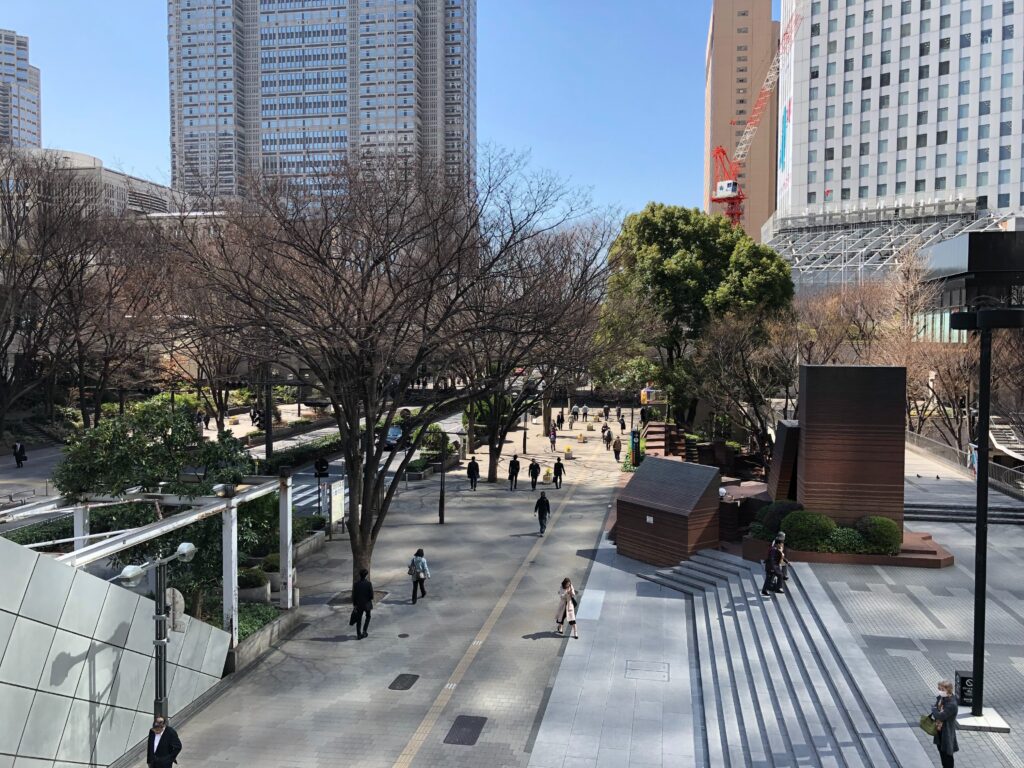Perhaps you’ve checked the numbers and realized that you can sustain yourself by freelancing as an engineer in Japan. While getting freelance contracts is simple, getting a visa as a freelance engineer in Japan is a bit more complicated.
In this article, we’ll walk you through what a visa for a freelance engineer is, the basic requirements, the visa application process, and what documents are required for your freelance engineer visa.
Would a Freelance Engineer Get a Self-Sponsored Visa?
Simply, no. Because there’s no such thing as a “self-sponsored” visa.
Japan offers only 30 types of visas, and there’s no “self-sponsored” category. As an engineer, your work is categorized under “Engineer/Specialist in humanities/International services.”
“Self-sponsored” visas
“Self-sponsored” visas don’t exist! It’s a misnomer. As a freelancing engineer, you’d be under the “Engineer/Specialist in humanities/International services” visa category.
Requirements to Be a Freelance Engineer
There are no hard and fast rules at the Japanese immigration bureaus. Every bureau has its own set of requirements.
Even so, there are some basic requirements for getting a visa as a freelance engineer in Japan, such as:
- A sponsor
- A steady income
- Paid taxes
1. A sponsor
A sponsor is one of the Japan-based clients you’re working with. We recommend you ask your highest-paying client to be your main sponsor (more on this later).
It doesn’t cost anything to the company to be a sponsor; however, they have to fill out detailed information about the company, such as profit and capital. We heard about some companies backing out because they don’t want the freelancers to know this information.
One solution around this is asking someone from the company to go to immigration with you so they could personally pass in this information instead.
2. A Steady Income
What the government wants to see first and foremost is a stable income.
That’s why you should ask your highest-paying client when getting a visa as a freelance engineer in Japan. Some bureaus seem to favor seeing a singular steady employer; however, others have succeeded when showing contracts with multiple companies.
We suggest showing proof you make around 3.3 – 3.5 million yen a year. That’s about 300,000 yen a month. Some have succeeded with 250,000 yen a month though as it’s considered the standard amount needed in a city like Tokyo.
3. Paid Taxes
Besides a steady income, you need to show you are properly paying your taxes.
You can do this by buying the following for about 300 yen each from the city hall:
- a tax payment certificate (納税証明 nozei shomeisho)
- a tax certificate (課税証明書 kazei shomeisho)
Needless to say, there’s less chance you can get or renew a visa if your tax affairs are not in order.
The Freelance Visa Application Process

Getting a freelance engineer visa in Japan technically only requires 4 general steps.
- Gather documents
- Submit them to your closest immigration bureau
- Wait for the postcard indicating your visa is ready
- Collect your new visa
If you’d like, you can add “Celebrate!” as the 5th step.
We help freelancers
With World in Freelance, you can find:
- Fully remote options – Work anywhere you want.
- Passion projects – Spend time on what inspires and excites you.
- Japanese language upkeep – Team up with top Japanese tech companies.
Step 1: Gather Documents
Before heading to the visa office, it is important to ensure that you have all the *appropriate documents listed on the Immigration Services Agency of Japan.
*Please note these will differ depending on the immigration you’re visiting. Why?
To Request From Your Sponsor
- Any contracts, written agreements, or other documents that prove your employment status, salary, and other activities with the company
- Information (such as brochures) about the company and its activities
- The company’s registry certificate (登記簿謄本 tokibo tohon)
- The company’s most recent financial statements
- The company’s withholding tax report
Be sure company documents are stamped with the company seal officially called the representative’s seal or legal seal (会社代表印 kaisya daihyo jirushi).
To Gather Yourself
- Application form (which can also be found at the visa office if you don’t have access to a printer)
- ID photos (3cm x 4cm in size) taken within the last six months
- Passport
- Residence card (在留カード zairyu ka-do)
- A copy of your updated CV or resume
- Transcripts of your certificates, degrees, and other qualifications (recommended for first-time applicants)
- Previous statements of earning (源泉徴収票 gensen choushuu hyo)
- Proof of employment from previous employers
- Tax payment certificate (納税証明 nozei shomeisho)
- Tax certificate (課税証明書 kazei shomeisho)
You may be requested for more documents at the bureau or even through the mail. But, don’t worry! They’ll give you at least 2 weeks to get the document they requested. If not, you can always call them for more assistance.
Note: when you submit your documents, they will not be returned (with the exception of your passport and residence card). If you want to keep the original copy, be sure to make photocopies ahead of time.
Step 2: Submit Them to Your Closest Immigration Bureau

Once you have your paperwork, you’re ready to visit immigration. We highly recommend you give yourself a whole day as some bureaus are quite busy.
Insider Tip: Choose the Bureau Closest to You
Don’t visit a bureau in a district you don’t belong in just because it’s less busy! Some have been refused service because their addresses weren’t close enough.
At your immigration office, take a number and wait to be called. When called, you can submit your paperwork. If everything is in order, you’ll get a postcard to write down your name and address (more on this later).
Access
- Tokyo Regional Office
- Osaka Regional Office
- Kyoto Regional Office
- Find the immigration bureau closest to you
Some insider tips for when you visit:
- Use Google Maps to track when the office is most busy and visit during those timeslots
- Be sure to visit at least 2 hours before the official closing hours
Applying From Outside Japan?
Apply at your local Japanese embassy. You’ll get a Certificate of Eligibility when approved. Upon your arrival in Japan, you’ll immediately be issued a residence card (zairyu ka-do 在留カード).
Step 3: Wait for the Postcard Indicating Your Visa Is Ready
Once you pass in your paperwork at the immigration office, the clerk will hand over a postcard. They’ll ask you to write your name and address and return it back to them.
This postcard is then sent to you when your visa is ready for pickup. This should take about a month if they don’t request any further documents.
Step 4: Collect Your New Visa
To collect your visa, you need to buy 4,000 yen worth of revenue stamps.
You can buy them at convenience stores or post offices. They are not available from the immigration office, so be sure to buy them ahead of time.
Materials to Bring With You
- Postcard from immigration
- Passport
- Residence card (在留カード zairyu ka-do)
- 4,000 yen revenue stamp (収入印紙 shunyu inshi)
Similar to the first trip, you need to get a number. Once called, hand over the materials above and make your payment. The clerk will give you a sheet of paper for you to stick the revenue stamps on. This signals the staff to actually print the card.
Then, you’ll need to wait again until the card is ready. Once called, they’ll give you your passport, old residence card (with a hole punch), and the new residence card. Congratulations! You have your visa!
Step 5: Celebrate
Put your feet up and pat yourself on your back. You did it! You officially can freelance as an engineer in Japan.
Still have some questions about freelancing in Japan? Our ultimate guide has all the info you need.
Looking For More Contracts?
Inbound Technology can help. Now that your visa sponsorship is no longer an issue, have a look at our job board. From back-end, front-end, full-stack, and more, you can easily find the perfect job to fit your freelance schedule.
You can also talk to a career advisor here, or follow us on LinkedIn.